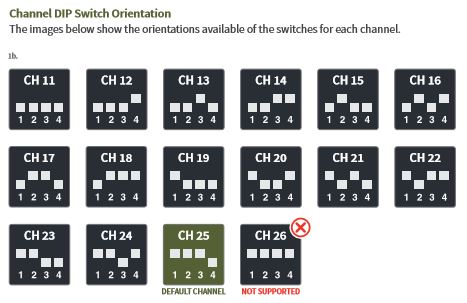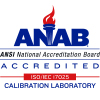There are dip switches on the RFC1000s, the original larger model RFOTs, and all models of Therm-A-lerts. There are four switches together labeled 1, 2, 3, and 4. These dip switches are what you use to configure the wireless channel that the wireless system operates on.
For most customers the default (Channel 25) setting—1,2,3 UP and 4 DOWN—should be suitable. However, if you are having signal strength issues or wireless interference, in otherwise good locations you may want to try switching all of your loggers and RFC1000s to a different channel by changing the dip switch configuration. If some of the loggers or RFC1000s are configured with different combinations, they will NOT communicate with each other. This means if you wanted to set up two discrete networks of loggers that were separate from each other, you could simply set up some of them on one channel, and the rest on another.

These switches should not be confused by the wireless On/Off switch, which is a small black switch that can be set to (1) for Wireless mode or (0) for Stand-Alone mode.
When changing the channels, wireless should be toggled off, and toggled back on again after changing the channels. The channel change will not work properly unless this reset is performed.






